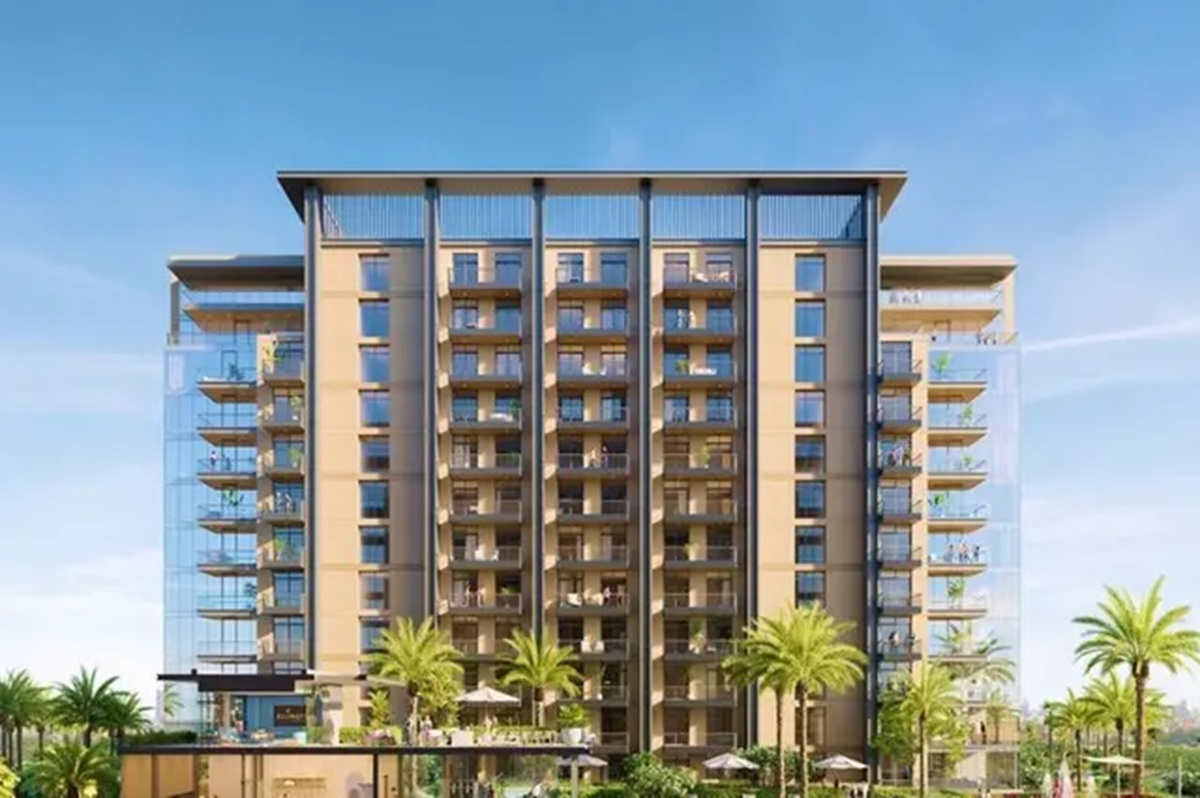Last month, PRYPCO celebrated a monumental milestone. After countless hours of planning, development and testing, our team launched PRYPCO Mint – the first real estate tokenisation platform in the Middle East and North Africa (MENA) region.
This groundbreaking initiative allows Emirates ID holders to invest in tokenised real estate in Dubai from as little as AED 2,000. By converting tangible, ready-to-own property assets into blockchain-based digital tokens, PRYPCO Mint will use fractional ownership to deliver previously unimagined levels of liquidity, transparency and accessibility to the once slow-moving real estate sector.
That said, I do not intend to focus exclusively on PRYPCO Mint in this month’s blog. Instead, I’ll explain how public-private partnerships (PPPs) are unlocking the full potential of Dubai’s real estate sector, and why it seems likely that our emirate will continue leading the world in proptech innovation.
Public-private alignment
While I am immensely proud of what we have achieved, it would be disingenuous to suggest that our team developed PRYPCO Mint unilaterally. On the contrary, bringing this platform to life would not have been possible without the ingenuity, diligence and dedication of myriad public and private partners.
PRYPCO Mint was created in strategic partnership with the Dubai Land Department (DLD), is licensed by the Virtual Assets Regulatory Authority (VARA), and has been implemented in collaboration with the Central Bank of the United Arab Emirates (CBUAE) and the Dubai Future Foundation (DFF) as part of the Real Estate Sandbox. Its launch reinforces our emirate’s long-term vision, aligning with key initiatives such as the Real Estate Evolution Space (REES) and the Dubai Economic Agenda (D33). Ctrl Alt’s advanced Web3 infrastructure powers its underlying technology, and Zand Digital Bank will act as the banking partner during the pilot phase.
To say that PRYPCO Mint has been a collaborative endeavour would be an understatement. This is a prime example of what can happen when commercial ambition and regulatory foresight combine.
Innovation through collaboration
It is difficult to overstate the potential benefits offered by effective public-private alignment. PPPs allow policymakers and corporate leaders to de-risk innovation through checks and balances that enhance trust, governance and scalability.
Regulatory frameworks, such as those provided by DLD and VARA, enable private sector players to turn concepts into reality. At the same time, commercial entities are incentivised to ensure the innovations and initiatives they bring to market contribute to the delivery of national economic strategies.
When it comes to blockchain-enabled fractional ownership in the field of real estate, the figures speak for themselves. Tokenised assets are projected to account for up to 7 per cent of Dubai’s property market by 2033, representing an anticipated value of $16 billion. While I’m proud that PRYPCO is playing such a central role in this journey, sustained growth remains dependent on the collective efforts of multiple public and private sector partners.

A consumer-first approach
Well-executed PPPs are undeniably advantageous for policymakers and business leaders alike, but – in my opinion – their true value lies in their capacity to benefit end users. While it is vital that collaboration on this level enhances infrastructure, it is arguably more important that the innovations in question maximise access.
Indeed, this was one of the primary motivations behind PRYPCO Mint, which significantly lowers the barriers to entry for aspiring real estate investors. Thanks to advances in fractional ownership and related proptech innovations, a sizeable number of people who may have lacked sufficient capital to acquire built assets through traditional channels can now get a foot on Dubai’s property ladder and start building their portfolios.
From this perspective, PPPs don’t just encourage access; they facilitate it. In addition to expediting its development and launch, the involvement of bodies such as DLD, VARA, CBUAE and DFF is pivotal in reassuring prospective customers and building brand trust. This seamless interweaving of public and private entities has resulted in a platform that will make real estate investment a realistic prospect for a whole new audience (and, potentially, a whole new generation) of consumers.
Ultimately, public-private collaboration is more than a mere driver of real estate innovation; it is an essential component. PPPs demonstrate what can be achieved when commercial ambition and regulatory vision come together. Home to a community of property pioneers – both public and private – who have demonstrated their ability and willingness to show the rest of the world what is possible, Dubai epitomises this joined-up approach.
As long as policymakers and business leaders continue to empower one another, I’m confident our emirate’s real estate market will go from strength to strength.









